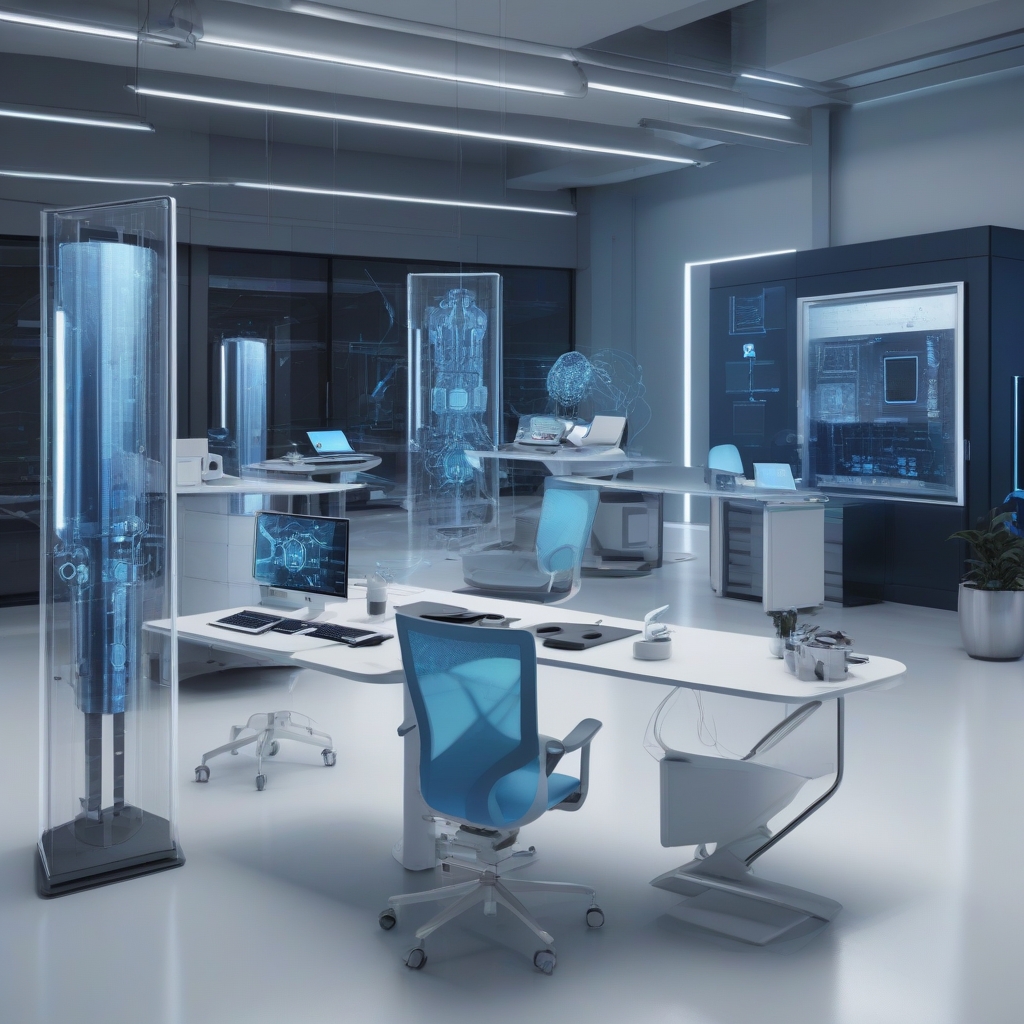Introduction
In an era where digital transformation is not just a buzzword but a necessary business strategy, the advent of Generative Artificial Intelligence (Gen AI) emerges as a game-changer in the realm of automation. This next-level automation is not just about replacing monotonous tasks with robotic efficiency; it’s about integrating with human-driven workflows to enhance productivity, foster innovation, and unlock unprecedented capabilities. Let’s explore how Gen AI is revolutionizing automation, empowering professionals across diverse industries to achieve more.
Understanding Generative AI
What is Generative AI?
Generative AI is a subset of artificial intelligence where algorithms are designed to generate new content based on existing data. Unlike traditional AI, which typically focuses on analyzing inputs to provide outputs, Gen AI creates new, previously non-existent assets. These can range from text and audio to visual content and beyond. Its ability to simulate human-like creations makes it exceptionally valuable in creative and data-driven fields.
The Mechanisms Behind Gen AI
At the heart of Gen AI are models like Generative Adversarial Networks (GANs) and Transformers:
– GANs: These involve two neural networks, one generating data and the other evaluating it, perfecting its ability to produce human-like outputs over time.
– Transformers: Widely used in language processing, these models can generate coherent and contextually relevant text, revolutionizing content creation and communication strategies.
The Role of Gen AI in Next-Level Automation
Enhancing Decision-Making Processes
Data-Driven Insights: By processing vast volumes of data, Gen AI can offer valuable insights that enable businesses to make informed decisions. Its predictive capabilities allow companies to anticipate market trends, optimize operations, and tailor customer experiences.
Streamlining Operational Workflows
Gen AI automates routine and repetitive tasks, freeing up human resources to focus on strategic and innovative initiatives. Its applications span across sectors:
- Manufacturing: Automated quality checks and predictive maintenance can dramatically decrease downtime and improve productivity.
- Healthcare: From diagnostic imaging to personalized treatment plans, Gen AI helps healthcare providers deliver efficient, personalized care.
- Finance: Automating fraud detection and risk assessment allows financial institutions to safeguard assets while providing better user experiences.
Enabling Personalized Customer Interactions
Through the power of Gen AI, businesses are crafting personalized experiences at scale. AI-driven chatbots, personalized marketing campaigns, and individualized recommendations are just some examples of how businesses are using Gen AI to engage customers effectively.
The Human Touch: Collaboration with Technology
Crafting a Symbiotic Relationship
As Gen AI advances, it’s crucial to strike a balance between automation and human input. Professionals must leverage AI’s capabilities while maintaining their unique human intuition and creativity. This collaboration is pivotal in sectors like:
– Creative Industries: Artists and designers can use AI to brainstorm ideas and enhance creative processes, pushing the boundaries of what’s traditionally achievable.
– Engineering and Design: Engineers can use generative design algorithms to explore innovative structures and prototypes that a human designer might not conceive alone.
Upskilling and Adaptation
To harness the full potential of Gen AI, workforce upskilling is essential. Training programs that focus on AI literacy and technical skills are crucial in helping professionals adapt. By understanding AI’s functionalities, they can better collaborate with technology, maximizing both human and machine input.
Challenges and Ethical Considerations
The integration of Gen AI into automated processes comes with its challenges and ethical concerns:
– **Bias and Fairness:** Ensuring AI models do not propagate existing biases and remain fair across all demographics is critical.
– **Data Privacy:** As AI systems process vast amounts of personal data, maintaining privacy and data integrity remains paramount.
– **Job Displacement:** While AI takes over routine tasks, there is a risk of job displacement, necessitating strategies for workforce reskilling and transition.
The Future of Automation: A Vision Forward
Gen AI holds immense potential to transform industries, driving efficiency and innovation in new ways. As we stand on the cusp of automation’s next wave, a few trends are likely:
– **Increased AI Democratisation:** As AI tools become more accessible, even small businesses can leverage their power, leveling the playing field.
– **Deeper Integration Across Sectors:** From education to entertainment, expect more sectors to integrate Gen AI solutions into their core operations.
– **Continual Evolution of AI Ethics:** As Gen AI becomes more prevalent, ongoing dialogue around AI ethics and regulations will be crucial to its sustainable and equitable development.
Conclusion
Unlocking the potential of Gen AI in automating processes not only revolutionizes how businesses operate but also how professionals interact with technology. The seamless integration of AI into workflows promises a future where mundane tasks are minimized, and human creativity is amplified. The key lies in embracing this technological evolution while respecting ethical boundaries and enhancing human capabilities. As automation reaches new heights with Gen AI, it’s time to witness, adopt, and adapt to this transformative force shaping tomorrow’s workplaces.

Leave a Reply